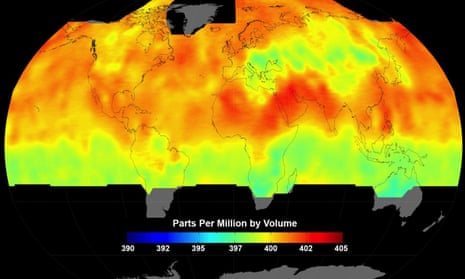Forty-four years ago, the size of the global economy was £20tn in today’s prices. In 2014 it was £55.18tn. It’s certainly been a rocky road at times, but the trend of economic growth has been robust. Only four years over this period have shown a contraction of economic output.
Consequently, one should feel foolish for suggesting that there are not only limits to growth, but that such limits are already affecting the global economy. That’s one evaluation of the book Limits to Growth, which was published in 1972 and contained the central, controversial conclusion that the seemingly never-ending increase in population, industrial output, food production, and resource use would rapidly unravel at some point around the middle of the 21st century.
It painted a picture of our over-inflated global industrialised civilisation going bang. We are still here and growth continues, so it must be wrong, right?
Perhaps not.
The Limits to Growth study was commissioned by the global thinktank Club of Rome and was based on the output of computer simulations that represented a simple global economy and its interactions with environmental processes. Nowadays you could happily run this model on your phone. In the early 1970s it required a mainframe computer and cutting-edge numerical techniques.
Two studies have evaluated how well the 1972 results of the Limits to Growth model have fared compared to what has actually happened in the intervening period. Their main findings are that it did pretty well actually. That doesn’t mean collapse is inevitable, but that despite its simplicity, Limits to Growth captured some important features of our civilisation.
It concluded that there are two drivers of a possible collapse. First, non-renewable resources such as fossil fuels should become harder to extract. This makes them more expensive with costs feeding into, among other things, higher food prices and so the global food production system fails to keep up with demand. Second, pollution produced by industry swamps the Earth’s capacity to absorb them, with the spillover affecting both food production and human health.
It was possible to avoid collapse, but that proved very hard to do. In fact, the only reliable way to avoid overshoot was not just by increasing rates of technological innovation, but by reducing growth rates. Not just population growth rates, but economic and industrial.
Many begged to differ, and argued that above all, growth must be maintained. Growth has delivered increased living standards and poverty alleviation. Reduced growth threatens stagnation. Worse, recession. If one resource begins to run out, then we will find another. Necessity is the mother of invention. Just look at fossil fuels.
In the early 1970s, Opec was flexing its economic muscles and constricting oil supply. The price rocketed. At the same time some oil wells in the US were running dry. But since then, enhanced oil recovery techniques such as fracking have been developed to gain access to even more fossil fuels. The threat of “peak oil” is now very last century. Over this same period, agricultural productivity increased significantly as the green revolution was rolled out across the world.
So, rather than running out of resources, we live in a world of plenty. However, this fails to address the other half of the limits equation - pollution.
In 1972, global annual emissions of greenhouse gasses was equivalent to approximately 16bn tons of CO2. In 2014 it was 36bn tons. Pollution from burning fossil fuels is rapidly changing the Earth’s climate.
There is a growing body of evidence that this climate change will have significant economic costs in the near future, not to mention its impacts on human health and biodiversity. Some scenarios of dangerous climate change are just as apocalyptic as any depicted by Limits to Growth.
Today, vastly more complex integrated assessment models grapple with the myriad interactions between civilisation and the Earth system. But Limits to Growth continues to be of interest because it critically examines what is perhaps the most fundamental assumption in our current economic system: that growth will ultimately fix all of humanity’s problems, even those produced by growth itself.

Comments (…)
Sign in or create your Guardian account to join the discussion